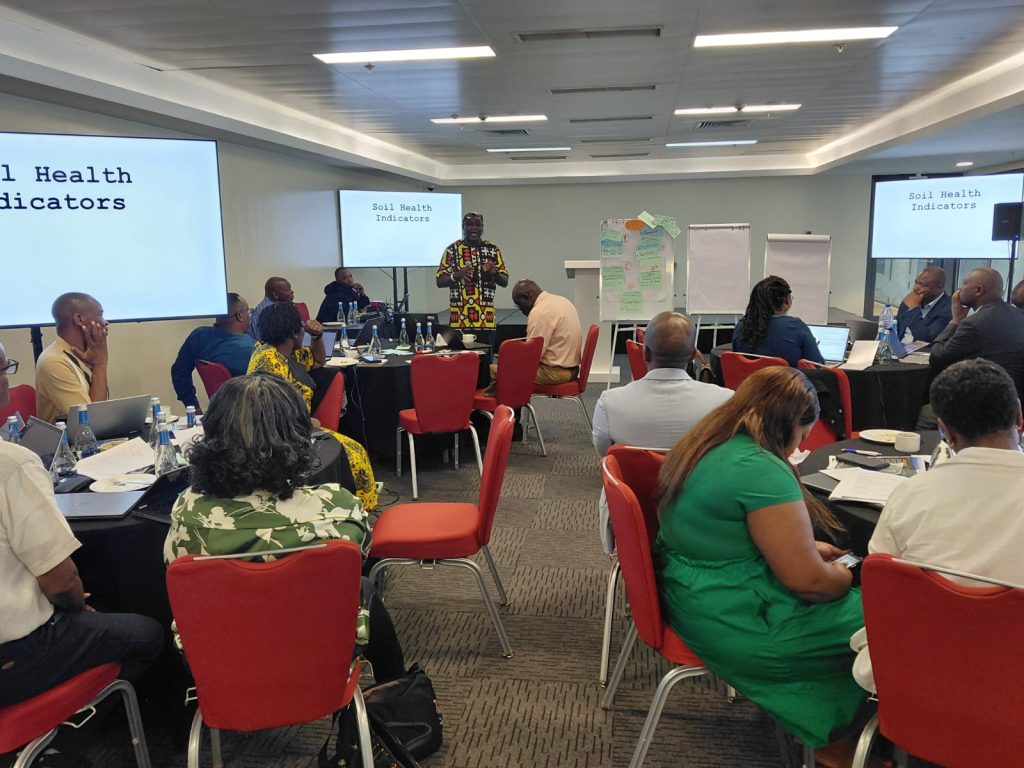By Wole Fatunbi
Another bold step was taken in translating the vision of the Soil Initiative for Africa (SIA) and the Africa Fertilizer and Soil Health Action Plan (AFSH-AP) into measurable Action and Impact. A two-day expert group meeting was held at the International Convention Center, Kigali, Rwanda, to discuss and agree on the definition of Soil health in Africa and the indicators to measure it. You will remember that the Nairobi Declaration on fertilizer and soil health 2024 recommended that “30% of the degraded soil in Africa be restored to optimum health status by 2034”. To implement the right action and report on progress adequately, soil health must be defined clearly, and the right indicators must be identified and projected for measurement.

The AU/AUDA-NEPAD had earlier organized a task team of experts to reflect, review, and develop the first set of indicators for further consideration. Apparently, many variables contribute to Soil Health, but proxies could measure many of the variables clustered as chemical, physical, and biological.
Nineteen variables were listed to define soil health in Africa; these variables are consistent with what is obtained in other parts of the world. Chemical variables include: Soil organic carbon (SOC), pH, Exchangeable K, Available P, and Exchangeable or available secondary and micronutrients (SMN). Physical variables include Texture (note: in support of the above indicator), Soil erosion, Bulk density, Soil aggregate stability, Available water capacity, and Infiltration rate. Biological variables include Microbial biomass or its proxy, enzymatic activities, Biodiversity, AMF spores, Microbial diversity, earthworm abundance and diversity, fungal-bacterial ratio, and PMN (nitrate and ammonium). Prof. ‘Wole Fatunbi, representing FARA, and playing the role of Technical Support Organization (TSO) for the implementation of SIA and AFSH-AP, leveraged the Multi-Dimensional Analysis (MDA) method to reduce the variables to three key contributors.
It is imperative to seek composite indicators that could be a smart proxy for these variables; the cost of measuring about 20 variables across sites in each African country may not be feasible. A single indicator must be developed for soil health, which must be measurable. The expert group strongly supports developing an index of Soil health as a single measure of the progression of soil health. The team further prefers a measurement design that uses remote sensing and digital soil information to derive the index from time to time.
The African Union Soil Observatory (AUSO) project, supported by the EU, is developing a smart observatory and the “Africa Soil Data Center” to aid the 55 African countries in monitoring soil health progress through the Soil Health Index.






Leave A Comment